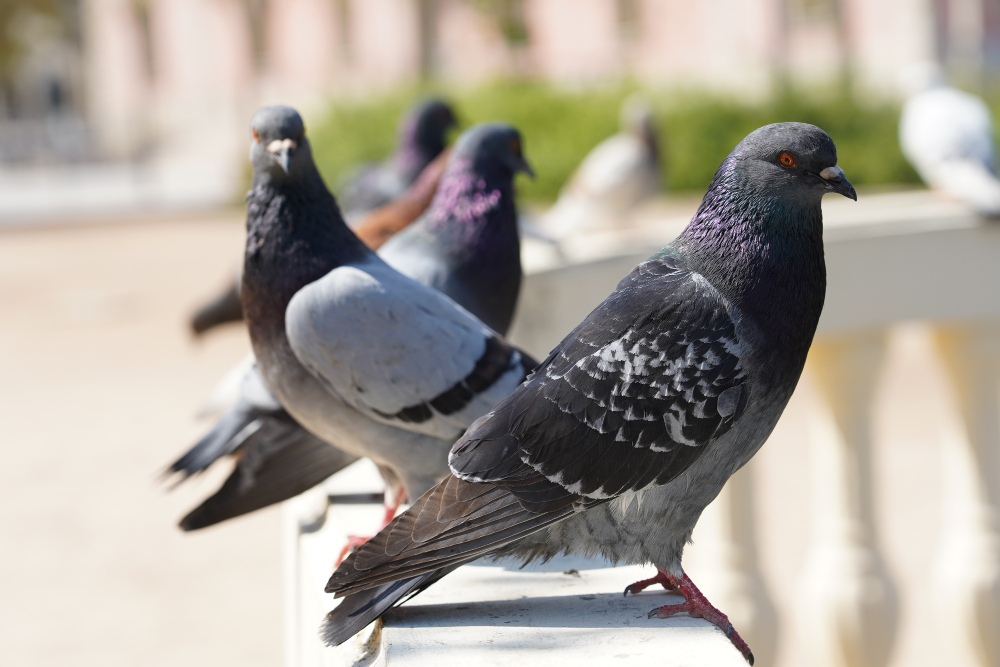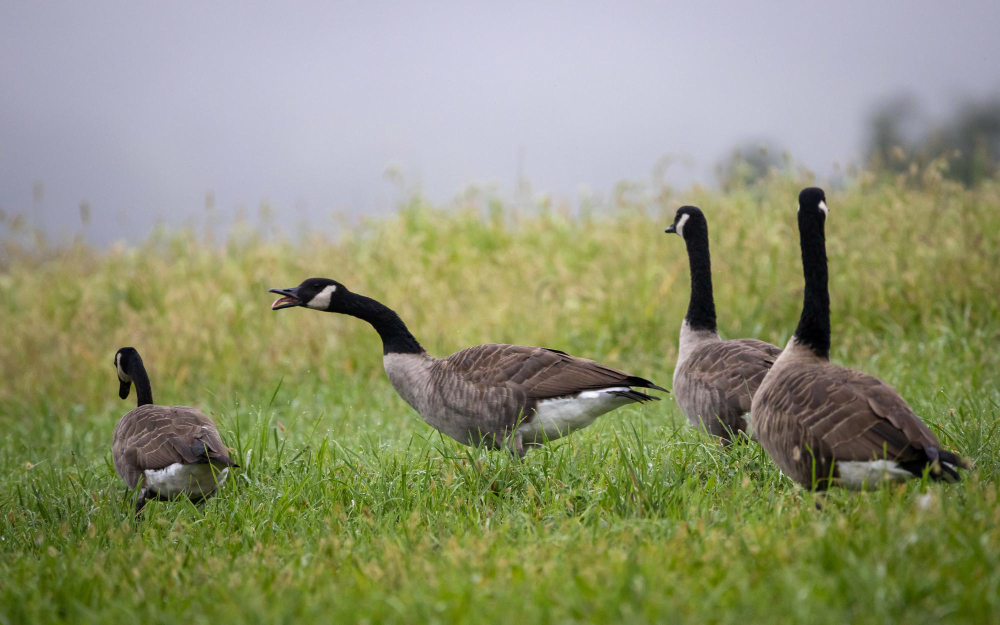The Great White North has a variety of beautiful birds to catch your eye. Avid birdwatchers and novices alike will revel in Canada’s feathered wildlife. However, there are some bird species that are considered pests in this North American country. This is largely due to their ever-growing numbers and invasive characteristics, along with their potential to carry disease and cause structural damage to buildings. Take a look below at the four bird species often viewed as vermin or a nuisance in Canada.
Pigeons
Almost anywhere you go in Canada, there’s a chance you’ll see a pigeon, and by that, we mean a Rock Pigeon. There’s no way to mistake this grey-feathered bird for any of the other species of doves and pigeons found in Canada. The pigeon, which originally comes from Europe and Asia, lives close to human habitation in most large Canadian cities. These birds cause problems when gathered in large numbers, as their droppings, feathers, and nests are breeding grounds for bacteria, fungi, and other parasites. This can cause problems for humans and is why they are a pest for city dwellers in Canada.

Starlings
These birds are found throughout North America. Starlings are easily identified by their dark iridescent coat, sharp beaks, and speckled plumage. While there are several species of starling in Canada, the European Starling is the most prominent. These speedy birds are an invasive species and are considered pests because of their vast numbers. In rural areas, flocks of starlings can cause millions of dollars worth of destruction to crops each year. Starlings are also common in urban areas where they roost in neighbourhood trees, with some even going so far as to create nests inside homes. Like pigeons, starlings are potential disease carriers not only to livestock such as pigs and chickens but to humans, too.
House Sparrows
This is one of the more common birds found in Canada and North America in general. The house sparrow may appear harmless to Canada’s environment, but it presents a risk to its ecosystems and other native birds. Further, the house sparrow has grown in numbers over the years. This is largely due to its early breeding season and the number of clutches it can produce each year. Sparrows can begin breeding as early as March. This means they can acquire the best nesting sites ahead of some of Canada’s native small birds such as chickadees, tufted titmice, tree swallows and Eastern bluebirds. Sparrows can also be quite aggressive when competing for nesting areas and have been known to take over native birds’ nests.
Canadian Geese
The last pest bird species we shall consider here is the Canada goose. These big birds range in height from 37 cm to 55 cm and can weigh up to 7 kg. This species of a goose can become hostile during the nesting season, chasing after anyone who gets too close to their nests or young. These birds have a varied diet, feeding on grass, aquatic plants and even cultivated grains, thus wreaking havoc on Canada’s agriculture. Although typically a migratory bird, Canadian Geese are slowly becoming resident birds and stay in Canada for longer periods of time with each season. Their droppings are rich in nitrogen, and when gathered in large numbers, this can affect the soil and growth of native plants. One of the biggest problems is the birds waste littering walking paths and children’s play areas throughout Canada’s parks.

Conclusion
While Canada boasts a plethora of feathered friends, there are some species of birds that have become pests in both rural and urban areas. To sum up, pigeons, starlings, house sparrows, and Canadian geese are, in various ways, seen as pests by the people in the Great White North.
